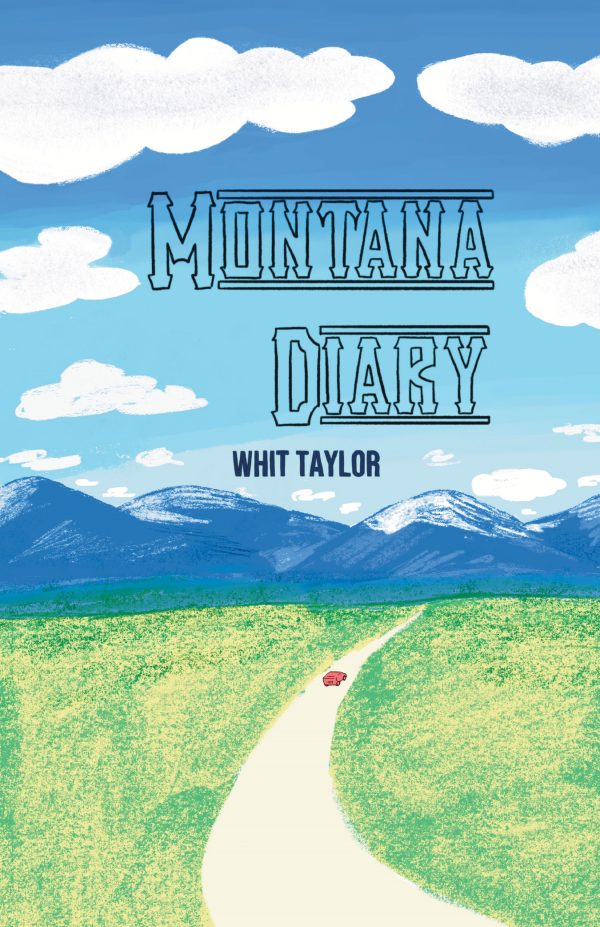
Dracula, Motherf**ker!
Written by Alex De Campi
Illustrated by Erica Henderson
Published by Image Comics
Written by Alex De Campi
Illustrated by Erica Henderson
Published by Image Comics
“All things must end”, so says the narrative in the beginning moments of Erica Henderson and Alex de Campi’s Dracula story put out by Image Comics earlier this month officially titled Dracula, Motherf**ker! The year is 1889, the place is Vienna, Austria and Dracula is seemingly being put to rest, buried, amidst a coffin so that the death that precedes him could be brought to an end. Turn the page, fast forward, and it is 1974 Los Angeles. Somehow I no longer think the end to the proverbial thing that was just mentioned will be so easy to nail down.
Reaching as far back to Bram Stroker, the Dracula story seems to heavily rely on the cliché of the titular character to be one with charismatic charm, one that no maiden could resist nor could have any means to try. The masochistic nature of the attraction to such manipulative masculinity denies the woman a voice, or any ability to resist. Dracula has always been given a physical form; a face that begets the lustful desire. It is of this face that has always been the seductive and driving force with literally no room for anything but inhibition that became unreluctantly submissive. Truth be told, it begins to be far less ambitious to tell this story.. again, and as the one featuring the tall, dark, and handsome caped vampire with a lisp. That is why, so it seems, that Alex and Erica have quite literally said “we got this, motherfucker” and turned the classic on its head.
This is not a monster story about the monster. This is instead, a story about the bride; the many brides of Dracula and what would give reason for a woman to sacrifice all things for him if the entire facade was removed. After stripping away every layer of desire and any cognitive reasoning suggesting Dracula is something to settle in salaciousness, you are quite simply left with the dreadfully horrific ancient remains that he literally is. That is the difficult question being entertained here. How and why would a seemingly independent and capably functional woman willingly forfeit her freewill so that she could endure, and contribute to, the horror that it is to be wed to such a monster that is Dracula? Therefore, if the categorical function of a nympholept is all that keeps the dysfunction from being recognized then Dracula is no better than a predatorial figurehead.
Only with a creative team of women could such a seductively machismo Halloween fairy tale be transformed into a formative statement as such. Alex de Campi does an incredible job integrating the timelessness of the prose to a modern and atypical backdrop of 1970s Los Angeles. It is here in this modern, yet equally retro era that she encapsulates the persona that is the monster but without giving that monster it’s irresistible face. Without the lustful desire that is fueled by that which we see, all things merely become whatever is left behind. And what is left after you remove all of these from the one they call Dracula? This is where the book takes on new meaning, all is discovered once you pause and look at the whole presentation without having to fixate on only what is in front of you. In similar fashion to the many brides of Dracula, so are we when we read stories. Drawn too closely to the pages in front of us and sure we will get what we came for. The pages and the words and the illustrations will tickle our senses and elevate our minds as we resist temptation to pause and step back. Pausing takes effort, and may feel treacherous by nature. In doing so you not only allow yourself to understand what you’re headed toward, but you also provide purpose and provide an eventual safe landing once you decide upon where you feel comfortable.
Stories depend on a narrative to uphold its immortality, but without a combined graphic presentation to solidify impact it will undoubtedly fail and end up being forgotten. Erica Henderson brings to this book a style and aesthetic so vibrant and colorful that it would feel incomplete without such an approach. Many readers will choose to consume this through digital platforms (which is all fine and good), but the real enjoyment with this book will be in its physical form. The overall paneling choices and double spread layouts are what make this book so much fun to look at. When the figment that is the Dracula is sparring with one of its bride’s across two pages painted in bright and exaggerated colors it makes it really tough to look away. At one point, during a specific climactic moment near the end, I could have sworn that if I were wearing 3D glasses I, too, would have been sparring with the motherfucker. That said, it is at this point that physical copies are preferred and recommended by me (but I can completely understand and respect the desire to resist).
I have a slight personal preference of genre that leans in favor of horror comics. I used to seed this preferential treatment in reading order that would say otherwise and suggest that Asimov, P.K.D., or Lemire were my flavor. Maybe it’s the state of literally everything right now, or a desire to switch things up generally after having the feeling that there doesn’t seem to be much more to say with science fiction, but, whatever it is, I adore a good old fashioned scary story these days. Dracula, Motherf**ker! is just enough of in that horror vein to satisfy that new urge. It’s an old classic, sure, but this one spins it sideways, gives it new life, and turns the victims into a strange proverbial representation of what it means to know self-sacrifice while still playing part in the horror. So when it is said that “all things must end” I guess that in my case it can be assumed it was referring to science fiction being automatically nestled at the top of my reading stack. Hello monsters and vampires, see you later spaceships. Looks like this motherfucker's found a new lane to ride in.






![Sweat and Soap [Ase to Sekken] by Kintetsu Yamada](https://blogger.googleusercontent.com/img/b/R29vZ2xl/AVvXsEgMnQltxjWqGS1_duhCp9Er1a0NbALuSFrqvjaV4_PjN_w67xCGghYt-l0qKyqTH7Ei7gbq_mxVq8aPAuOiyaArwAMLJWhpGmOYaARUBnwvjmv2-ZIe20m_zR5CvKnPdI6US_AuOnmi3gSX/w680/57525895-BA7E-4EF8-9FE4-89F9C164E1A4.jpeg)



